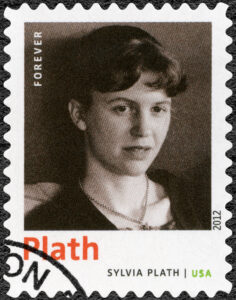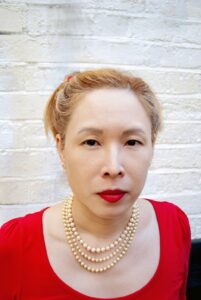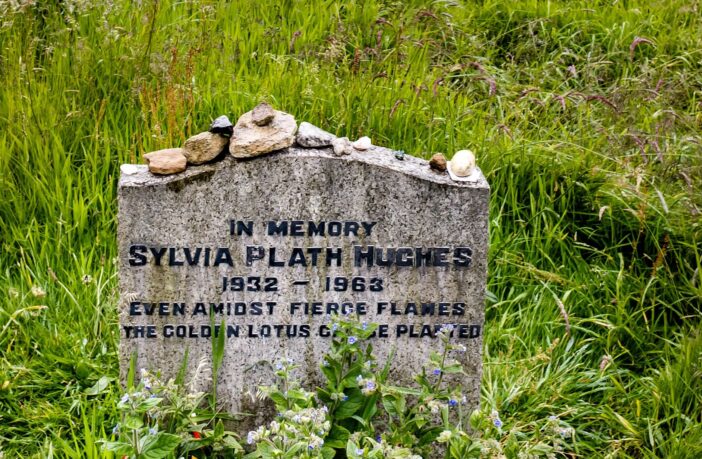It’s 60 years since the celebrated poet Sylvia Plath died, yet her work has become more enduring with the passage of time. Here Dr Jane Yeh, a lecturer in creative writing at The Open University, and an accomplished poet herself, tells us why.
Sylvia Plath is the poet people most are likely to have come across when they’re young or when they first start to get interested in poetry or creative writing.
Yet Jane says her untimely death, at her own hand, unjustly eclipses a poet who broke the mould, was ahead of her time but, strangely, submitted to the conformity of a Fifties marriage.
Troubled life
 The inescapable fact is that Plath was tragically young when she died, just 30. She was someone who had lived with a series of mental-health illnesses, which saw her undergo electrotherapy, and experienced unhappiness in her marriage to fellow poet Ted Hughes.
The inescapable fact is that Plath was tragically young when she died, just 30. She was someone who had lived with a series of mental-health illnesses, which saw her undergo electrotherapy, and experienced unhappiness in her marriage to fellow poet Ted Hughes.
“Plath talked about the kind of things that hadn’t been talked about before in poetry,” said Jane, “in a time when people wouldn’t write about aspects of their lives that were ugly, or too personal.”
She says you see the difference immediately when you compare her work to someone like Wordsworth writing about daffodils or standing on Westminster Bridge.
A confessional poet
Plath was a confessional poet. Jane says: “The whole point of these confessional poets in the 1960s/70s was they were writing about things that were meant to be kept private – such as having depression or being bipolar, or staying in a mental hospital.
“Plath doesn’t refer to these experiences in detail and it’s not like reading someone’s memoir or their diary when you read her work – and she was a prolific journal keeper.”
Life developed many challenges for her such as a husband who painfully cheated on her and the effect her father’s death had on her. She also had a previous suicide attempt.
‘Striking, original voice’
“You have to dig into the poems to realise what she’s talking about. They’re stylised, which is actually what makes them more interesting works of art, not just someone’s journal entries,” explains Jane.

Dr Jane Yeh
She describes Plath’s work as “a striking, original voice that is distinctive, bold and declarative but witty, too”.
Plath was also frustrated by the decade she was forced to live in: “As a young adult in the Fifties, it was a very repressed time. The possibilities for women, the kind of life you could have, the kind of profession you could aim for were so limited,” says Jane.
So what makes a great poet? “I’m sure it’s a subjective thing, but when you read one of Plath’s poems you would never mistake it for one by someone else. The way she uses language and inventive images is part of her greatness.
“Even though she lived in different times to today I think a lot of women feel the kind of constrictions she felt that are, in some ways, still around for women today. That’s one reason why she’s an interesting figure.”
Suggested further reading of Plath’s works include her book of poetry, ‘Ariel’, published after her death, and her novel ‘The Bell Jar’.
Picture credits: main image – Edward Haylan for Shutterstock; Plath image – Olga Popova for Shutterstock; Jane Yeh – Andy Rogers



